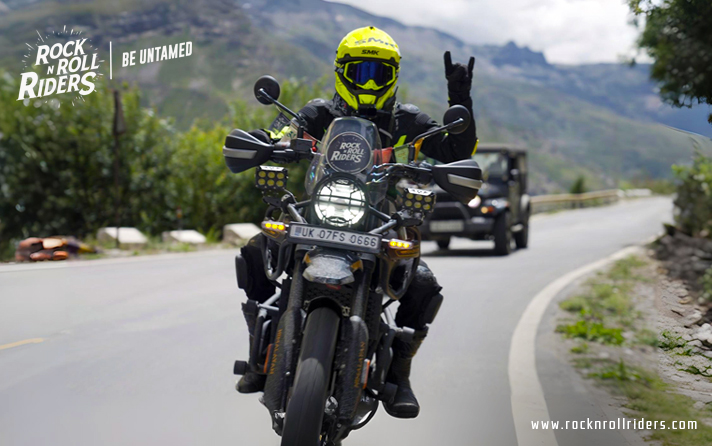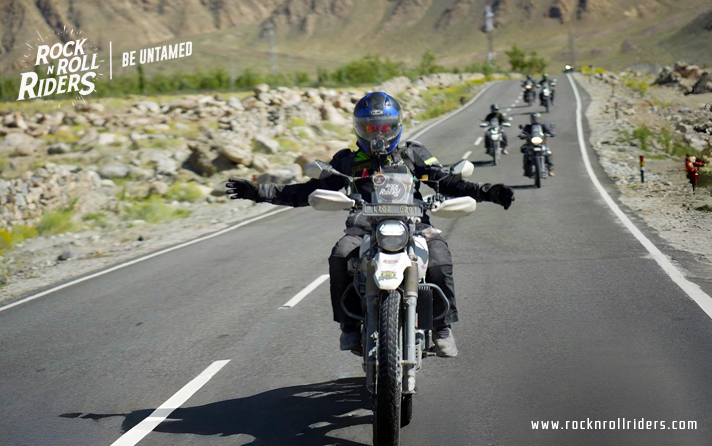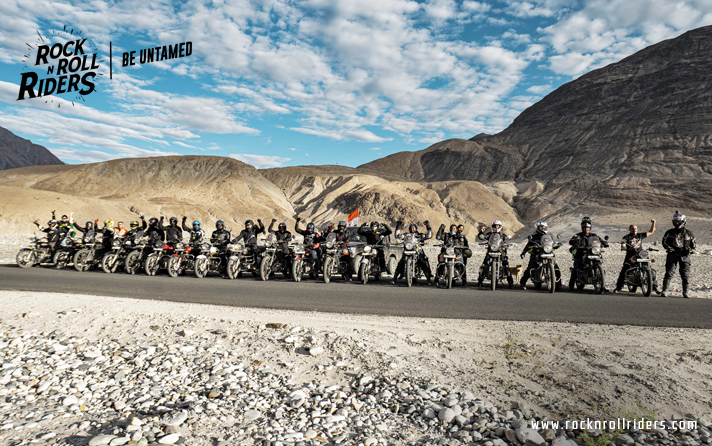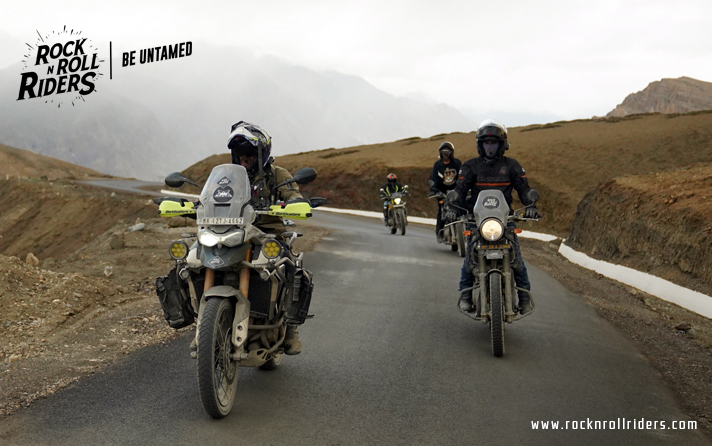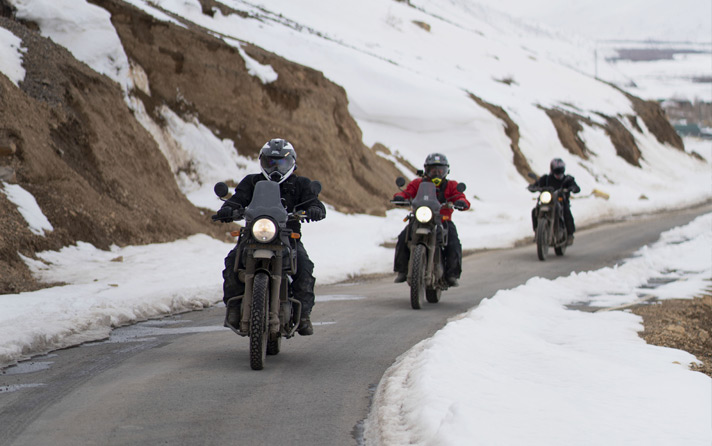
Frozen in Time: Discover the Winter Wonderland of Spiti Valley
Winter Spiti is a captivating yet challenging experience while you are riding on a motorcycle or choosing a 4X4 car. Spiti as we all know is located in the Indian Himalayas in Himachal Pradesh. Spiti transforms into a stark, snow-covered paradise from November to March. This cold desert region sits at an elevation of around 12,500 feet, and winter temperatures can plunge as low as -30°C (-22°F), particularly at night. Winters in Spiti is marked by its dramatic landscapes, peaceful isolation, and a sense of timelessness in its ancient monasteries and villages.
Here’s what to expect if you’re planning a winter trip to Spiti Valley:
1. Scenic Beauty and Snow-Covered Landscapes
- Spiti’s winter landscapes are breathtaking, with snow-covered mountains, frozen rivers, and vast white expanses. Key spots like Key Monastery, Dhankar Monastery, and Tabo Monastery look especially serene under snow. It’s all white-out mountains.
- Chandratal Lake and some high passes are inaccessible in winter due to snow, but the valley itself offers plenty to see and experience. So, don’t worry if you cant see Chandrataal as Spiti in winters have a lot to offer.
2. Adventure and Challenges
- The ride to Spiti in winter is not for the faint-hearted. Roads from Manali are closed due to heavy snowfall, so the only access is via Shimla. Even this route can face closures from snow and icy conditions as the Himalayas are very moody in deep winters.
- Due to extreme weather, a winter visit requires proper acclimatization to avoid altitude sickness, especially for those who are unfamiliar with high altitudes.
3. Wildlife Spotting
- Winter offers a rare chance to spot elusive wildlife, particularly the snow leopard, as they descend to lower altitudes for a kill. Wildlife enthusiasts and photographers visit Spiti in winter for snow leopard tracking, especially around Kibber, which is known as a key snow leopard spotting area. So, get ready to witness something incredible!
- Other animals, like the Himalayan fox, blue sheep, and ibex, are also commonly sighted in the winters
4. Cultural Immersion
- Winter is an ideal time for cultural immersion, as the valley is quieter with fewer tourists. Villagers in Spiti, known for their warm hospitality, are often open to sharing stories of their traditions and lifestyles.
- Festivals like Losar (the Tibetan New Year) are celebrated in winters and provide unique insight into Spitian Buddhist customs and traditions.
5. Limited Facilities and Extreme Weather Preparation
- In winter, accommodation is basic, with hotels, camps, cottages and guesthouses closed. However, local homestays remain open and offer warm bedding, traditional wood-burning heaters, and local food.
- Electricity can be intermittent, and central heating is rare, so it’s essential to come prepared with adequate winter clothing, power banks, and other essentials.
A Winter Spiti trip is the best for seasoned travelers looking for solitude, rugged adventure, and cultural experiences. It’s a journey into a quieter, mystical side of the Himalayas that only a few get to experience.
